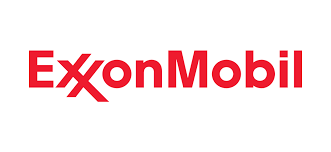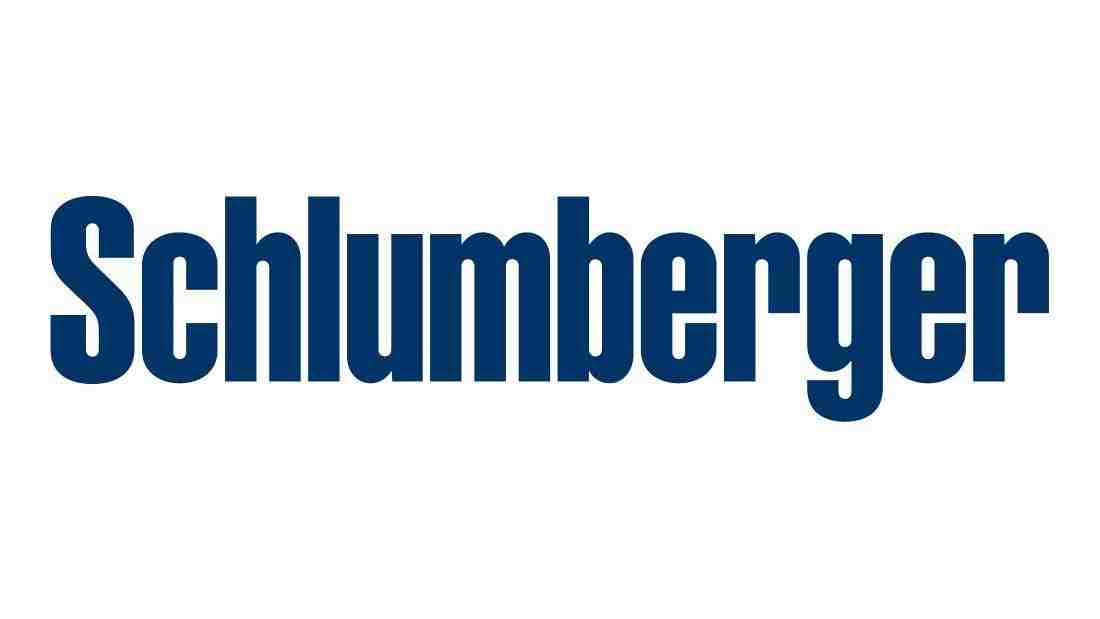Lubricants Market size was accounted at USD 131.1 billion in 2020 and is projected to grow at a CAGR of 3.6% from 2020 to 2030. A lubricant is the material, presented to scale back friction between surfaces in mutual contact, which ultimately reduces the heat generated when the surfaces are in a motion. It also has the function of transporting foreign particles transmitting forces, or cooling or heating the surfaces. The demand in the manufacturing sector for the lubricants market is increasing as they are used in several industries including metal forming, foundry, mining, paper & mill, quarrying, energy, food & beverages, and plastics. Growing automobile industry will increase the demand of the lubricants in future. Lubricant is used to decrease friction and prevent wear and tear in automotive engine components including connecting rods, shaft, and piston. Unstable crude oil prices position a challenge for the lubricant industry. The development of new technology and the vital need to enhance plant reliability are altering the face of lubrication today.
Market Segmentation:
On the basis of type, the lubricants market is classified into mineral oil lubricants, synthetic lubricants greases, and bio-based lubricants. Based on applications, the market is categorised into transportation, industrial machinery, and equipment’s Geographic breakdown and analysis of each of the aforesaid segments includes regions comprising North America, Europe, Asia-Pacific, and RoW.
Market Dynamics and Factors:
Factors responsible for the growth of the manufacturing sector in the market for lubricants include availability of a large pool of skilled labour, favourable foreign investment norms, and technological know-how. Increasing demand from manufacturing sectors including 3D printing and medical devices will drive the lubricants market size growth during forecast period. Mineral oil was the major segment in the global lubricants market in 2018. The easy accessibility and low cost of mineral oil-based lubricants are projected to drive the market. The requirement for lubricants is high in the transportation sector. The increasing number of on-road vehicles, especially in China, and India are the major factors contributing to the growth. Additional factor associated with this growth is the increasing importance on logistics and supply chain requirements for various industrial units. Therefore, the growth of the industrial sector will also drive the market for transportation lubricants, particularly from the commercial vehicle segment. BRIC (Brazil, Russia, India and China) to drive lubricant market for next five years. The industrial sector displayed positive development after the current recovery in BRICS economies post the 2009 recession and is expected to further witness significant growth. Moreover, preference for low-priced substitute mineral oils due to high price of these synthetic oils may hamper market growth. Strict environmental norms and constant reforms by governments will hamper the lubricant market. However, leveraging E-commerce industry to upsurge customer reach is an opportunity for the lubricants market.
Geographic Analysis:
APAC is dominating the global lubricants market. The increasing growth of the emerging economies and the rising disposable income in the region makes APAC an attractive market for lubricants. The tremendous growth of production and increased trade are mainly responsible for the high consumption of lubricants, therefore, driving the market growth. Furthermore, high growth in major end-use industries such as chemicals, textiles, food processing, and metalworking is further expected to boost market growth. Additionally, the presence of technical expertise also offers several profitable opportunities to innovate and tap into niche applications with different products having extra-ordinary characteristics. Several specialized niche applications for lubricants include ultra-heavy-duty open-gear lubricant used on huge mining excavator slewing gears greases used in ATM machines, electrical switch greases used in switches in cars and other vehicles, and biodegradable stern tube bearing oil used in ships. China's lubricants market volume accounted to 7.3 million tons, making it the world's main lubricant demanding country. The rising population in the region, accompanied by increasing spending in the industrial sector and infrastructural developments in the developing markets of China, India, and Indonesia, is anticipated to make this region an ideal destination for the lubricants industry.
Competitive Scenario:
Some of the prominent players in the lubricants market include ExxonMobil Corporation, Royal Dutch Shell Co., British Petroleum, Total S.A, Chevron Corporation, Fuchs Group, Pennzoil, Amsoil Inc., and Philips 66 Company.
Lubricants Market Report Scope
| Report Attribute | Details |
| Analysis Period | 2020–2030 |
| Base Year | 2021 |
| Forecast Period | 2022–2030 |
| Market Size Estimation | Billion (USD) |
| Growth Rate (CAGR%) | 3.6 % |
|
| By Type (Mineral Oil Lubricants, Synthetic Lubricants Greases, and Bio Based Lubricants), By Applications (Transportation, Industrial Machinery, and Equipment’s) |
| Geographical Segmentation | North America (U.S., Canada, Mexico) Europe (UK, Germany, Italy, France, Rest of Europe), Asia-Pacific (China, Japan, India, Australia, Rest of APAC), South America (Brazil, Argentina, Rest of SA), MEA (UAE, Saudi Arabia, South Africa) |
| Key Companies Profiled | ExxonMobil Corporation, Royal Dutch Shell Co., British Petroleum, Total S.A, Chevron Corporation, Fuchs Group, Pennzoil, Amsoil Inc., and Philips 66 Company. |
|
|
|







